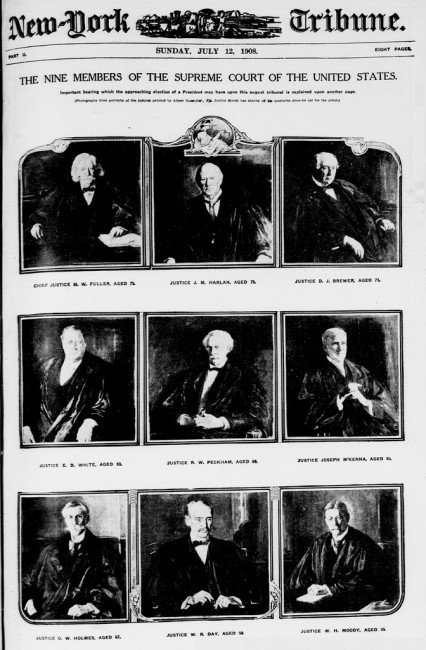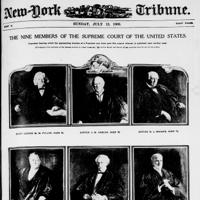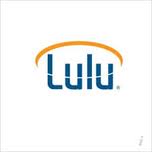
Peter Pappas will serve as an advisor to the Bill of Rights Institute – the recipient of a 2006 National Endowment for the Humanities “We the People” grant. The Arlington Virginia-based institute received $190,000 to develop Exploring Landmark Supreme Court Cases: A Document-Based Questions Approach a teacher resource book and web-based component to bring the intellectual arguments of landmark Supreme Court cases into the classroom. This resource book will use a document-based questions approach to help the next generation comprehend these ideas and see how abstract constitutional principles are applied in specific situations and how the U.S. Constitution continues to affect their lives.
He will join a team nationally-recognized scholars and educational consultants taking part in the intellectual development of the project; providing guidance and review of the Institute staff’s work in creating the document-based questions; and writing a 500 page introductory essay about the pedagogical effectiveness of document-based questions. His award winning website, Teaching with Documents has long a been a leading resource for document-based instruction.
This important project is designed to help high school American History and Civics teachers develop in their students a deeper understanding of the documentary history and enduring significance of landmark Supreme Court cases. “We are taking a thematic approach to the cases, such as the role of federal courts and students and the Constitution,” said Claire McCaffery Griffin, the Institute’s vice president of education programs. The lesson plans will cover 19 landmark cases frequently cited in state standards and often referenced in U.S. History and Government textbooks. The cases will deal with the six constitutional issues: “The Role of the Federal Courts,” “Equal Protection and Affirmative Action,” “The Rights of the Accused,” “Students and the Constitution,” “Expansion of Expression,” and “Personal Liberty.”



